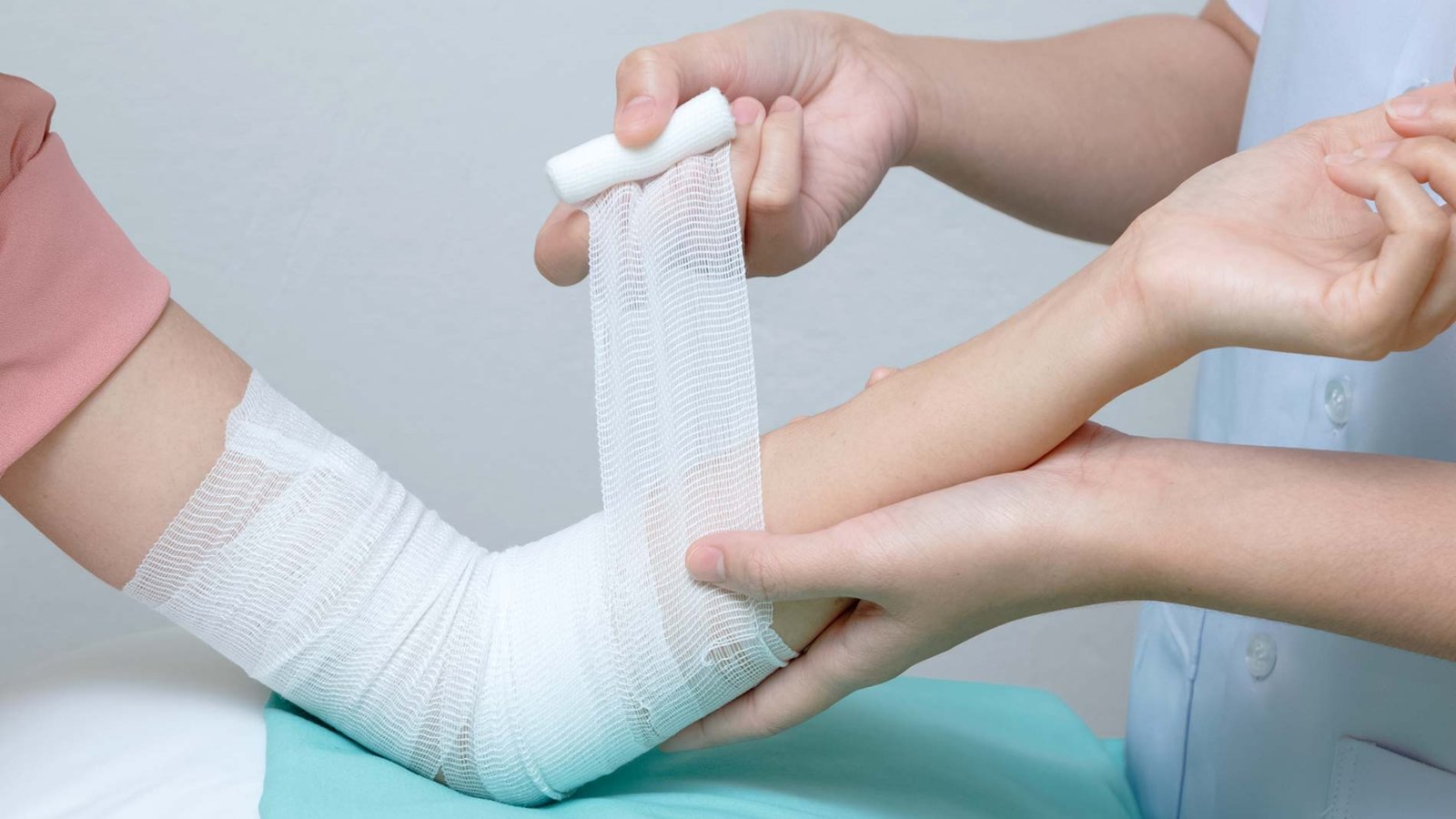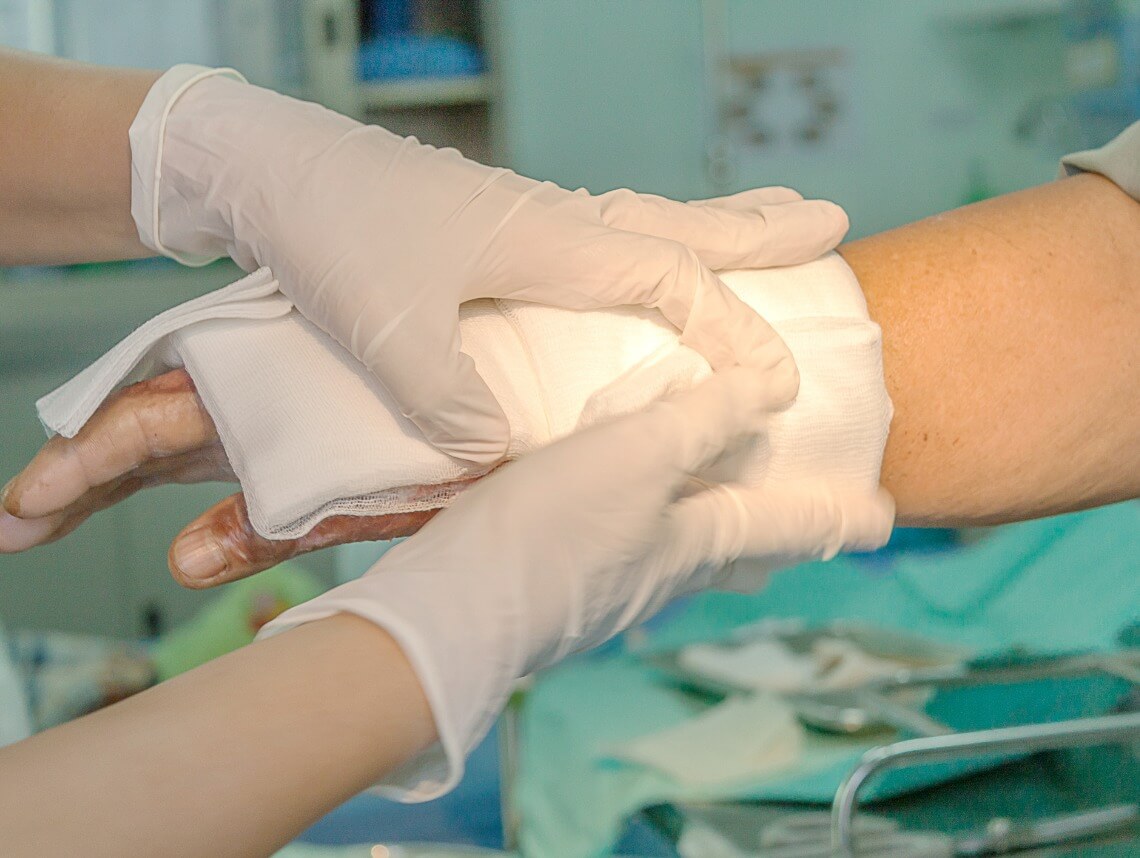Caring for wounds at home is a critical aspect of the healing process. In a busy and fast-paced city like Dubai, many individuals prefer the convenience and comfort of managing wound care within their homes. But how long does wound dressing at home really take? The answer isn’t always straightforward because it depends on several factors including the type of wound, its severity, and how your body responds to healing. If you are considering this option, it’s important to understand what to expect in terms of time and care. Whether it’s a post-surgical wound, a pressure ulcer, or a diabetic foot wound, Wound Dressing at home in Dubai has become a practical and efficient choice for many.

Understanding the Wound Type
The type of wound is the primary factor influencing how long dressing will take. Minor wounds like superficial cuts or abrasions might only require a quick five- to ten-minute dressing change every couple of days. On the other hand, deeper wounds, burns, or surgical incisions may take more time — often between 20 to 45 minutes per session — especially if proper cleaning, moisturizing, or debridement is involved.
Chronic wounds, such as diabetic ulcers or bedsores, can be more complex. These may require daily care, assessment of infection risk, and regular changes of advanced dressings. In such cases, wound dressing can become a 30-minute or longer routine to ensure proper healing conditions are maintained.
Frequency of Dressing Changes
How often a wound needs to be dressed also plays a role in estimating the time commitment. Most acute wounds benefit from dressing changes every one to three days, while chronic or infected wounds might need daily or even twice-daily attention.
The initial wound assessment typically takes longer as it involves cleaning, possibly photographing for record-keeping, and evaluating the tissue. Once the wound stabilizes and shows signs of healing, subsequent dressing sessions often become quicker.
Materials and Technique Matter
The choice of dressing materials — from simple gauze and tape to hydrocolloid, foam, or antimicrobial dressings — also affects the time taken. Some modern dressings are designed to stay in place for several days, reducing the frequency of change and the overall time spent. However, using advanced materials requires more precise technique and attention to hygiene, which can add time to each session.
If you’re handling wound dressing yourself at home, the learning curve may initially slow you down. But with proper training or guidance from a professional, it becomes a manageable part of your routine. Many residents in Dubai are opting for trained home care nurses to handle wound care, streamlining the process significantly while ensuring high-quality results.
For Children and the Elderly
Children and elderly patients often find hospital visits stressful or confusing. Their wounds may not be life-threatening, but they still require care. In these cases, having a professional come to the home allows for a calmer, more familiar environment. For the elderly in particular—many of whom may have underlying health issues or mobility challenges—at-home wound dressing can significantly reduce the burden of frequent hospital trips.
Hygiene and Safety Precautions
Infection prevention is a major concern when dressing wounds at home. Setting up a clean environment, sterilizing tools, and properly disposing of old dressings can add time to the process — but they are essential steps that can’t be skipped. Spending a few extra minutes on hygiene ensures the wound doesn’t develop complications, which would ultimately prolong the healing timeline.
Keeping gloves, disinfectants, sterile dressings, and waste disposal materials on hand will help you move through the process smoothly and efficiently. Planning and preparation can often reduce the actual time needed for each dressing session.

Healing Time vs. Dressing Time
It’s important to distinguish between the time it takes to change a wound dressing and the total healing period. While a dressing change might take 20 minutes a day, complete healing of the wound may take days, weeks, or even months depending on various factors like age, overall health, and underlying conditions.
For instance, minor cuts can heal within a week, while a post-operative wound could take several weeks to fully close. During this time, consistent dressing is necessary to support healing and protect against complications.
When to Seek Professional Help
Sometimes, even with the best efforts, a wound may show signs of infection such as redness, swelling, pus, or an unpleasant odor. In these cases, the time and skill needed for wound care increase significantly, and home care might need to be supported with professional guidance.
Knowing when to escalate care is vital to avoid further complications. Dubai’s healthcare infrastructure allows patients to transition seamlessly from home care to clinical consultation if needed, ensuring timely intervention.
Final Thoughts
The time it takes to perform wound dressing at home varies based on multiple factors. For simple wounds, it might only take a few minutes per session, while more complex wounds can require extended care and monitoring. However, with consistent effort, proper hygiene, and the right materials, home wound dressing can be a safe and effective way to manage recovery. As the trend of personalized care grows, more individuals are embracing Wound Dressing at home Dubai as a reliable, time-efficient option that promotes both healing and comfort in familiar surroundings.